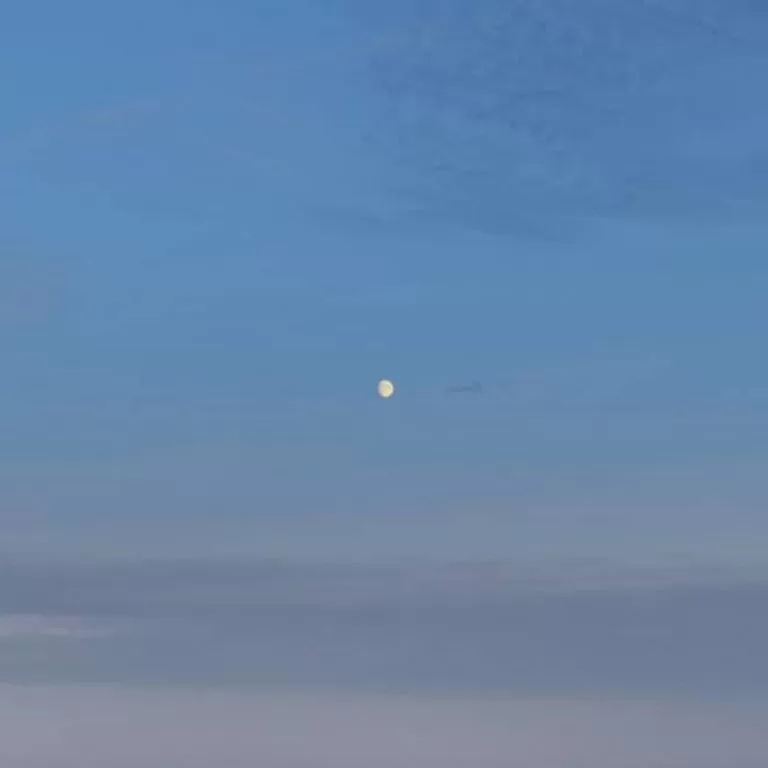
News The supermoon – capturing lunar magic on camera
As photographs and time-lapse sequences begin to emerge from the recent supermoon, we revisit previous full moons that have been captured on camera.
What is a supermoon?
The closest full moon to Earth to happen in the 21st century appeared on Monday 14 November of this year. What is more commonly referred to among modern astronomers as a ‘perigree full moon’ – a phenomenon occurring only when a full moon coincides with the point in its elliptical orbit where it appears closest to the Earth – Monday’s supermoon was the first lunar event of its kind to happen since 1948.
This resulted in the largest appearance of the moon’s lunar disk as seen from Earth, meaning that photographers, videographers, and media users alike were particularly excited about this event. This, and the fact that the Moon will not appear like this again until 25 November 2034!
The term Supermoon was coined by astrologer Richard Nolle in 1979, who was perhaps referring to the impressive aesthetic changes to the Moon during this particular phase in its orbit. It is understood, for instance, that the Supermoon would have been up to 30% brighter and 14% bigger than what is known as an apogee full moon – the point at which the Moon is the furthest away from the Earth during its orbit.
Despite concerns that the Supermoon has been linked with increased risk of natural disasters such as earthquakes and volcanic eruptions, it is undoubtedly a rare and exciting phenomenon that has resulted in some spectacular images and footage.
Skygazers all over the globe found the perfect vantage point from which to experience such a rare and awe-inspiring sighting of the Moon, with some lucky enough to capture such a moment within impressive still-images, like those shared on The Guardian website.
Blood moon
Another rare lunar event, a blood moon is not a scientific term either but is a popular phrase used to describe the reddish hue seen on the Moon during a lunar eclipse. During a total lunar eclipse, the Sun, Moon and Earth appear almost exactly in line, with the Moon on the opposite side of the Earth from the Sun.
The reddish colour comes from the sunlight as it passed through the Earth’s atmosphere, which is filtered and refracted in such a way that the green to violet light on the spectrum is scattered more strongly than the red light, causing more red light to reach the Moon’s surface.
This time-lapse video by Appelin captures the latest blood moon, back on 28 September 2015. The lunar event was captured from Jönköping in Sweden and was the fourth and final eclipse in a series known as the Lunar Tetrad. With cloudless skies, conditions were perfect, allowing Appelin to capture over 4,000 pictures during the phenomenon.
“Once in a blue moon”
The infamous phrase does not actually refer to the colour of the natural satellite, but the shape in which it appears. A blue moon occurs when there are two full moons in one month. (A black moon therefore is when a new moon occurs twice in one month.)
This magical time-lapse video of the same name, created by Luke Taylor, captures a giant blue moon rising over Byron Bay. Thanks to perfect weather conditions, Taylor captured the rare event over 4kms away from the lighthouse in the foreground and condensed the footage into just over 1,000 individual frames.
The future of lunar happenings caught on camera
As we have touched on before, photography is continuing to have a significant impact on the ways that we see and document outer space. Social media platforms such as Instragram are making it easier than ever before to share and communicate what is happening in our outer atmospheres.
Rapid improvements in camera technologies are also encouraging more and more photographers to turn their lenses to the skies and attempt to hone their skills with astrophotography.
We look forward to seeing more stunning images and sequences of the recent supermoon as they appear in various places online. It is probably safe to say that the buzz surrounding lunar events like this one will continue to hold our fascination for years to come.